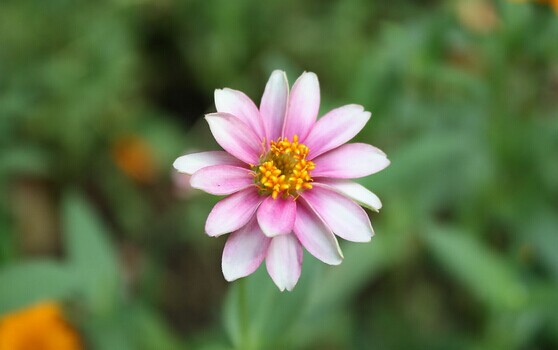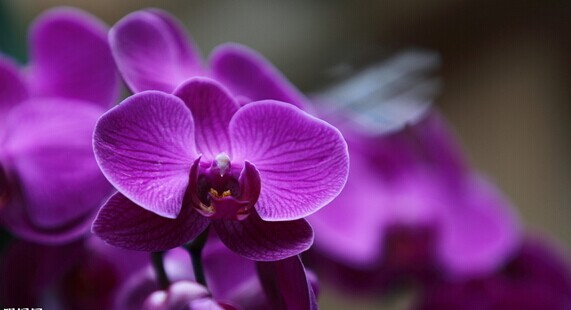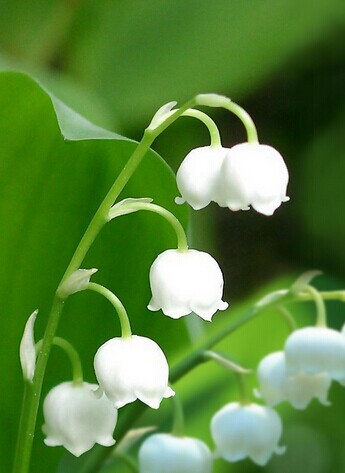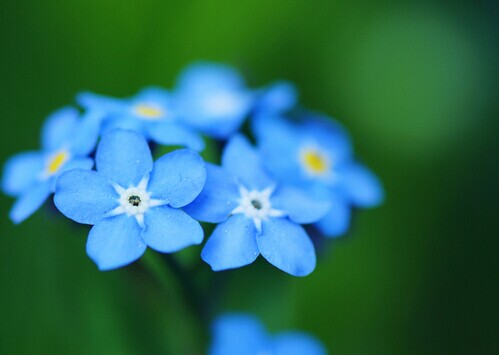What kind of flowers are suitable for putting in the bedroom?
What kind of flowers are suitable for the bedroom
We spend a lot of time in the bedroom for a long time, putting some flowers and plants in the bedroom to make the bedroom lively and full of vitality, but if we put some inappropriate flowers in the bedroom, it will affect our health. so what flowers are suitable for the bedroom?
1. Flowers that can absorb toxic chemicals
Aloe, hanging orchid, tiger tail orchid and one-leaf orchid are natural cleaners who can remove harmful substances from the air. Studies have shown that tiger tail orchid and hanging orchid can absorb more than 80% of indoor harmful gases, and have a strong ability to absorb formaldehyde. Aloe is also good at absorbing formaldehyde, absorbing 90% of formaldehyde in 1 cubic meter of air.
Ivy, iron tree, kumquat, pomegranate, half lotus, rose, camellia, Milan, daisy, wax plum, marigold, etc., can effectively remove harmful substances such as sulfur dioxide, chlorine, ether, ethylene, carbon monoxide and nitrogen peroxide.
Orchids, sweet-scented osmanthus, wax plum, taro, red back cinnamon and so on are natural dust collectors whose cilia can intercept and absorb floating particles and smoke in the air.

2. Flowers that can repel mosquitoes
When the weather gets warmer, mosquito repellent plants become the focus of attention. Mosquito clean vanilla is like this-a plant. It is an aromatic geranium plant that has changed its genetic structure and has only been introduced from Australia in recent years. The plant is drought-tolerant, can grow and mature within half a year, can survive for 10 ~ 15 years if properly maintained, and the shape of its branches and leaves can be changed at will, so it has high ornamental value. Mosquito net vanilla exudes a fresh and elegant lemon fragrance, which has a good mosquito repellent effect indoors, but has no toxic side effects on the human body. The higher the temperature, the more aroma it emits, and the better the mosquito repellent effect is. According to the test, the mosquito net vanilla with a crown width of more than 30 square meters can drive away mosquitoes in a room with an area of more than 10 square meters. In addition, a plant called pyrethrum contains pyrethroid, which can also effectively ward off mosquitoes.

3. Flowers that can kill germs
The volatile oil produced by rose, sweet-scented osmanthus, violet, jasmine, lemon, rose, carnation, lily of the valley, crape myrtle and other aromatic flowers has significant bactericidal effect.
Crape myrtle, jasmine, lemon and other plants can kill protobacteria such as diphtheria and dysentery in 5 minutes. The fragrance of rose, carnation, lily of the valley, violet, rose and sweet-scented osmanthus has obvious inhibitory effect on the growth and reproduction of Mycobacterium tuberculosis, pneumococci and staphylococci.
Cactus and other succulent plants native to tropical arid areas, the stomata on their succulent stems are closed during the day and open at night, absorbing carbon dioxide and producing oxygen, increasing the concentration of negative ions in the indoor air.
Tiger skin orchid, tiger tail orchid, tequila and brown palm, cabbage, sedum, rooting, cultivated pineapple and other plants can also purify the air at night.
In addition: cloves, jasmine, roses, violets, peppermint and other plants can make people relaxed, happy, conducive to sleep, but also improve work efficiency.

4. flowers in three-dimensional greening rooms
Plant climbing plants such as Parthenocissus, grapes, morning glory, wisteria and roses around the home and let them climb along the wall or along the shelf to form a green Arbor, which can effectively reduce sunlight radiation and greatly reduce indoor temperature. Traditional plants such as ivy, canna and evergreen also play a role in regulating indoor air. It should be noted that try not to plant some flowering plants with excessive fragrance in the room. Like oleander and so on.

What flowers don't fit in the bedroom?
1, orchid its aroma will make people excessively excited, and cause insomnia.
2. If the pollen emitted by the Bauhinia flower comes into contact with people for too long, it will induce asthma or aggravate cough symptoms.
3. Mimosa in its body is a highly toxic organic matter, which will cause hair loss after excessive contact with the human body.
4. The rich fragrance of Chinese rose will make some people feel uncomfortable, hold their breath and have difficulty in breathing.
5. The fragrance of lilies can also excite the central nervous system and cause insomnia.
6. Nocturnal incense emits a large number of olfactory-stimulating particles at night. Smelling it for too long can make patients with high blood pressure and heart disease feel dizzy, depressed and uncomfortable, and even get worse.
7, oleander it can secrete a milky liquid, contact for a long time, will cause poisoning, causing drowsiness, mental decline and other symptoms.
8. The fragrant smell of pine and cypress flowers and trees has a stimulating effect on the intestines and stomach of the human body, which not only affects appetite, but also makes pregnant women feel upset, nausea, vomiting and dizziness.
9. The particles emitted by hydrangea, such as contact with people, will make people's skin allergic and cause pruritus.
10. Tulips contain a poison in their flowers, which can accelerate hair loss if they are exposed to them for a long time.
11. The flowers of the yellow rhododendron contain a kind of toxin. once eaten by mistake, the light ones will cause poisoning, and the serious ones will cause shock and seriously endanger the health.

7, oleander it can secrete a milky liquid, contact for a long time, will cause poisoning, causing drowsiness, mental decline and other symptoms.
8. The fragrant smell of pine and cypress flowers and trees has a stimulating effect on the intestines and stomach of the human body, which not only affects appetite, but also makes pregnant women feel upset, nausea, vomiting and dizziness.
9. The particles emitted by hydrangea, such as contact with people, will make people's skin allergic and cause pruritus.
10. Tulips contain a poison in their flowers, which can accelerate hair loss if they are exposed to them for a long time.
11. The flowers of the yellow rhododendron contain a kind of toxin. once eaten by mistake, the light ones will cause poisoning, and the serious ones will cause shock and seriously endanger the health.

Related
- Wuhan Hospital Iron Tree Blooming Result Was Instantly Frightened by the Gardener Master
- Which variety of camellia is the most fragrant and best? Which one do you like best?
- What is the small blue coat, the breeding methods and matters needing attention of the succulent plant
- Dormancy time and maintenance management of succulent plants during dormancy
- Minas succulent how to raise, Minas succulent plant pictures
- What are the varieties of winter succulent plants
- How to raise succulent plants in twelve rolls? let's take a look at some experience of breeding twelve rolls.
- Attention should be paid to water control for succulent plants during dormant period (winter and summer)
- Watering experience of twelve rolls of succulent plants
- Techniques for fertilizing succulent plants. An article will let you know how to fertilize succulent plants.



